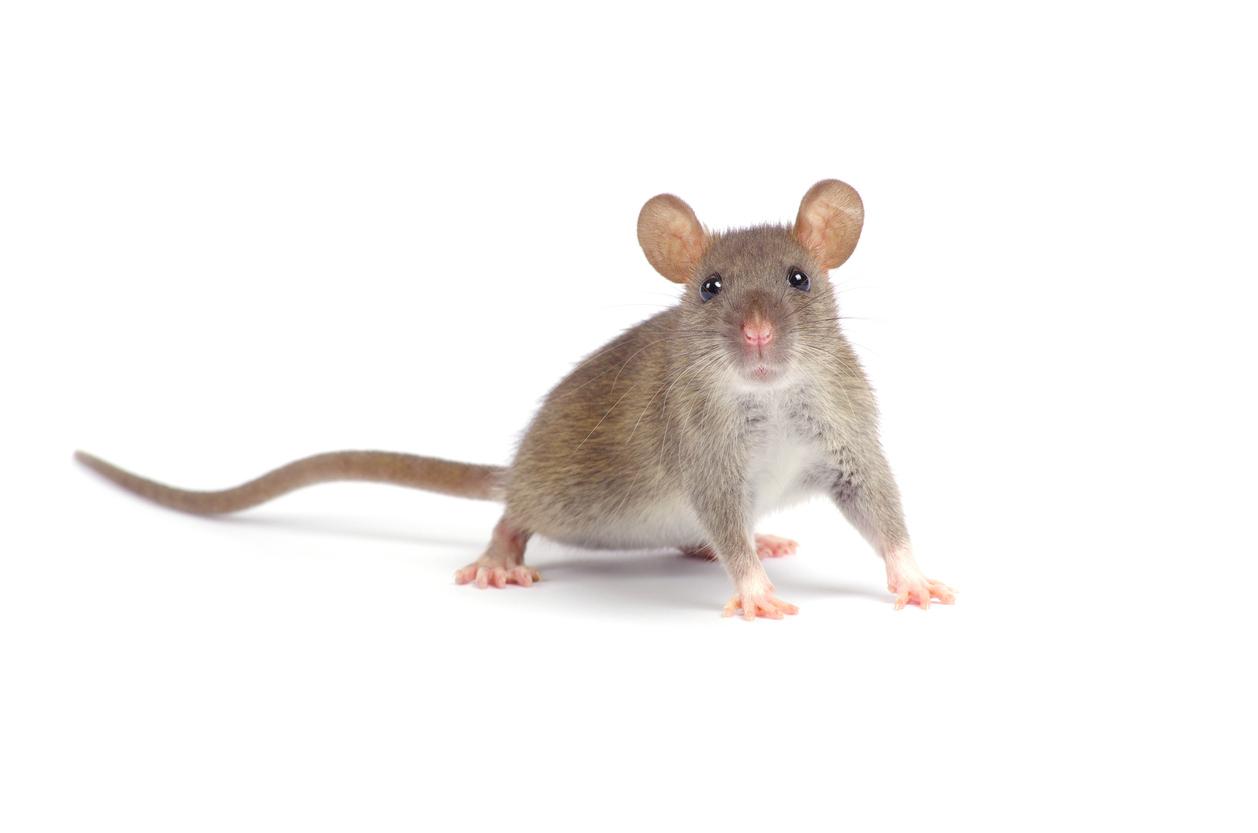What if our organs were transparent? It would be possible to detect any anomaly and identify certain diseases upstream. This surrealistic idea for humans has just been realized on the body of a mouse. Japanese researchers achieved this feat by injecting saline solution into the rodent. The substance, sent to the heart, pushed blood out of the circulatory system causing the death of the animal. The fabrics then became transparent, giving a ghostly appearance to the guinea pig. Scientists then had the opportunity to examine individual organs or the entire body without having to cut out parts of the body. This offers a “broader view” of the problems to be studied, assure researchers at the Japanese scientific research institute Riken.
This new technique offers “a new understanding of the three-dimensional structure of organs and how certain genes are expressed in different tissues,” explained Kazuki Tainaka, one of the collaborators.
A useful technique for new therapies
“We were very surprised to find that the entire body of the mouse could become almost transparent,” explained in a statement the Japanese scientific research institute Riken, at the origin of this discovery.
This knowledge could help advance disease research and new therapies. This technique “could be used to study how embryos [se forment] or how cancer and autoimmune diseases develop at the cellular level, “confirms Hiroki Ueda, director of the research team.
In 2013, researchers had already succeeded in making a totally transparent brain.
















